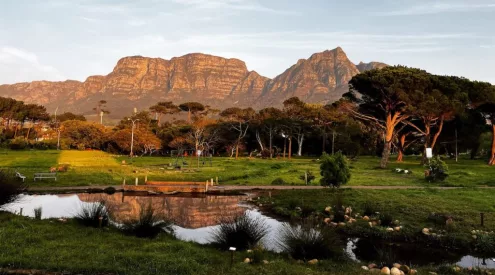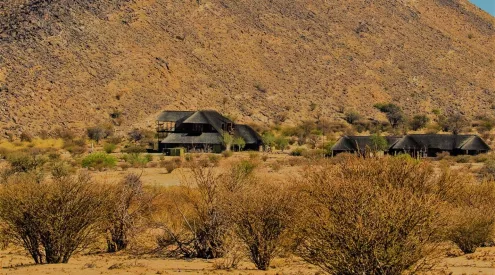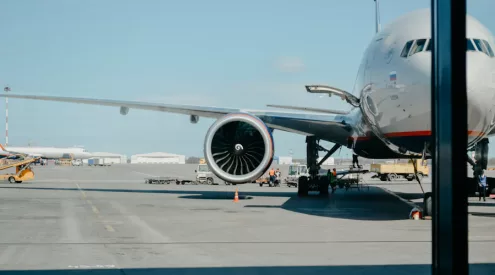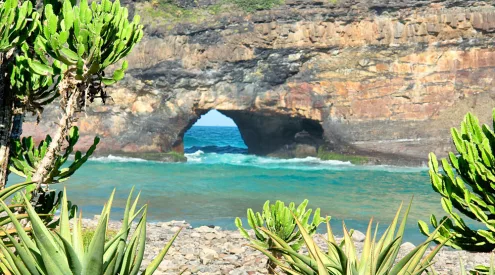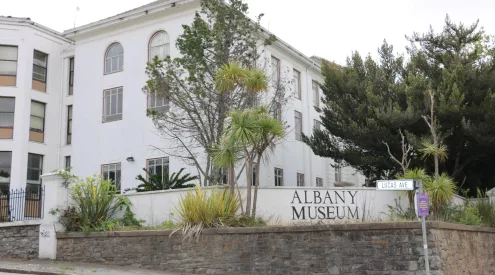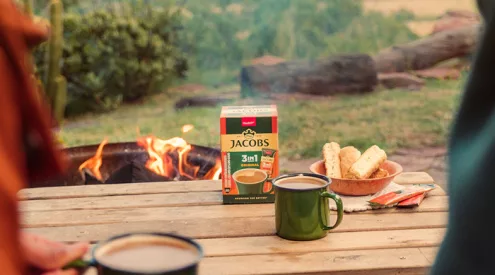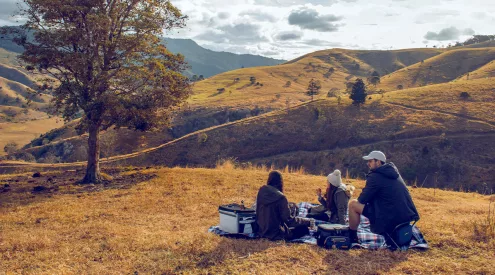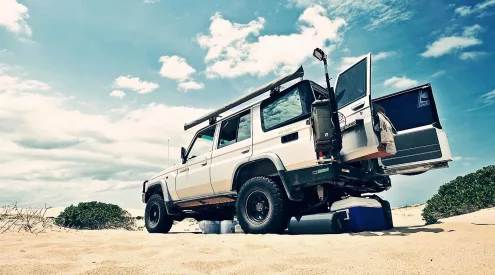We always advise motorists to have a first aid kit in the boot of their vehicles. But what about our bikers/ motorcyclists? When selecting your First Aid Kit (FAK) as a motorcyclist it is not the same as any other as you have a few things to consider, namely space availability, also injury-specific injuries as well as the duration of your trip.
Your kit will be based on what the military/security industry calls an IFAK (Individual First Aid Kit).
Below find a list but not limited to the below some items that might make a difference.
As you will only take up valuable space if you pack more than you need to make sure of the FAK is well thought through not to take up unnecessary space but have the correct gear that you might need for the specific ride.
What are the types of injuries you might require a first aid kit for?
- Burns – From sunburns as well as burns from the exhaust pipes from the motorcycle.
- Eye Injuries – things that could blow into your eyes that moment when you lift the visor up.
- Cuts and abrasions – From coming off your bike or scratches from tree branches etc.
- Fractures – due to falls or crashing with animals or vehicles.
- Bleeding or amputations – due to accidents.
- Head trauma – due to falls etc.
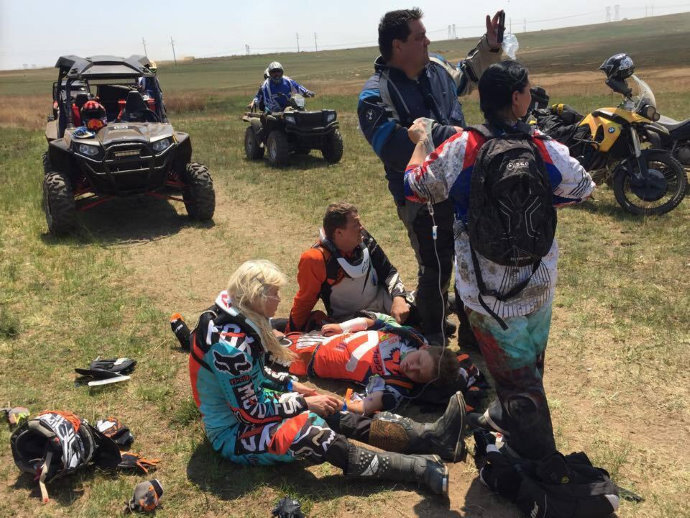
The First Aid Kit list:
- Nitrile Gloves (Medical gloves) – at least 2 pairs but more would be better as it really can pack into small units
- Eye drop – something natural rather than anything wit a chemical basis – Cellufresh
- Will also help to get rid of small particles in the eye, or irritation.
- Small First Aid book if you need, can be purchased from most News agencies or even on-line downloads.
- Extra face mask and a small bottle of hand sanitiser, 50 ml with our current situation in mind.
- Lip balm, to ensure your you keep your lips moistened in dry conditions
- Insect Sting relief – Stingose sprays or germolene ointment.
- Pain medication – have both Aspirin & Paracetamol (Disprin/Panado). If you have something stronger be careful to know the effects as most will make you drowsy.
- Rehydration – A few sachets of Re-hydrate will be a lifesaver especially when you have lost fluids due to vomiting or diarrhoea or excessive heat in hot conditions.
- Plasters – Various sizes would be great, but a small roll of Elastoplast is ideal as you can cut it into smaller pieces, and it is very rugged.
- Steri-Strips – For those deep cuts that you need to close when you are not close to any medical care for stitches.
- Space Blankets – This is to retain the heat when you are injured in cold conditions but also to provide shade in a hot environment.
- Wound Gauze – 5’s packed into 10cm x10cm packets to cover wounds. Any bleeding wound needs pressure.
- Tourniquet – This is to stop severe bleeding due to deep cuts and amputations.
- Trauma Shears – They cur through anything and come in small sizes.
- Sailine – This comes in 10ml plastic bottles for washing out an eye etc.
- Burn Gel – Packed in 10cm x 10 cm a must for any burns from sunburn to exhaust pipe burns
- Glow Sticks – For lighting up at night as an emergency light when your torch failed and to help to direct traffic or make you visible.
- Triangular bandage – To make a sling for a dislocated arm, pelvis injuries and to use a bandage.
- Crepe bandage – Due to its stretch quality can be used for various medical treatments and comes in 25mm, 50mm up to 150 mm. to cover would keep a splint in place etc. You can decide on the quantity.
- Roller Splint – This is ideal to immobile a limb due to a fall. They can fold into easily into the shape in paniers.
- Small Tweezers -to remove wooden splints etc. but remember not to remove impaled objects rather seek medical assistance or advise first.
- Zip Lock Bags – to place your medical waste in as it cannot be left behind.
- Own medication – Ensure you have Personal Emergency Medication (PEM). This is medication you must take daily but this additional if you lose etc., your standard medication you have with you.
- Meds – always helpful to have the following in small quantities.
- Anti- Diarrhoea tabs
- Nasua tabs
- Stomach-ache tabs
- Voltaren Emugel – Sore muscles
- Antihistamine / Allergecs / Claritin tabs – allergic reactions
- Sinutab – Sinus issues
- Rennies tabs / Gaviscon sachets – Heartburn
- Citro-Soda sachets – Painful urination due to bladder infection.
.JPG)
Other important things to consider
- Place your medical stuff above in a soft see-through poach with a zip so you can ID what you need and be able to fit in everywhere due to your limited space. Split the above up into various bags keeping similars together but once again see through to ID quickly.
- Pack your medical kit yourself so that you know what is packed and where and show your pillion or buddy where it is and what is packed as they might need to help you.
- Remember you do not always have the time to read the above First Aid Manual. Do a dedicated Motorcycle First Aid Course with ASM South Africa to ensure you will be able to help yourself or a buddy in an emergency. Our ASM (Accident Scene Management) Courses are On-Line Blended courses that would only take a few hours but a few hours that can make a huge difference in your or someone else’s life. Contact David Spangenberg (ASM South Africa) at 083 625 4007 or [email protected]
Picture: Getaway Gallery


